“Here the language of stone surpasses the language of human.”
-Rabindra Nath Tagore
A UNESCO designated World Heritage and one of the most iconic monuments of India, the Sun Temple of Konark needs no introduction. It is a great example of the heights that the Indian architecture and art reached in the ancient times and practically represents Odisha in the general cognitive memory of the masses. During a family visit to Puri last winter, it was thus natural that Konark figured as an important destination in our itinerary.
This was the last day of our trip and we were to cover many points of interests during the day, with a final drop at our hotel in Bhubaneshwar from where we would make an onward journey back home. Therefore, we started early in the morning and made the first pit stop at the Konark sea beach, a well-maintained seafront that was not as crowded as Puri and looked picturesque. It was two days to the famous Sand Art festival and preparations were going on for that. We spent some time there and then headed for the temple.
The Story of Konark
Sometime in the 13th Century AD, King Narasimhadeva of the Ganga dynasty visualized the construction of a temple dedicated to the Sun God which would be unparalleled in the known world. The mouth of the river Chandrabhaga next to the shoreline of the Bay of Bengal was selected as the place for this project and thousands of architects and artisans started working on it, an effort which would take 12 years to complete.
The European seafarers of yore gave the name “Black Pagoda” to the Konark Temple (the temple at Jagannath Puri was called the White Pagoda) for its appearance. Together, the two pagodas were the most important landmarks on the shores of Odisha for centuries. With time, the sea receded 3 km to the east, leaving the temple inland where it is today.
Decline
There are many theories about what caused the fall of this great temple, the most popular of them being a 16th-century invasion, and the subsequent sack, by Kalapahaad – a fanatic general in the army of the Nawab of Bengal. He allegedly toppled the keystone of the main sanctum, causing the whole structure to collapse. Some parts of the sanctum tower lingered on until the early 19th century, as witnessed by British surveyors like A. Stirling who visited the site in 1825 AD, before it finally succumbed to a storm.
The Nritya Mandapa outlived all other buildings, surviving intact until the 18th century, when the Marathas, who thought of it as an ‘unnecessary structure’, partly (and ironically) demolished it. They took the Arun Stambha from the temple to Puri and places at the Lion Gate, where it still stands today.
The Guided Tour
Two stone Gajasimhas (lion with the body of an elephant) greet the visitors, guarding the flight of stairs that lead to the Nritya Mandapa. The mandapa is a pillared hall built on a high plinth in front of the temple, which served as a dancing hall where devadasis performed dance rituals for the deity. The walls and pillars are intricately carved, with figurines of male and female dancers in various poses and with musical instruments of those days. A lot of the inspiration for the decoration of the hall came from the Natya Shashtra, an ancient scripture on the performing arts.
Behind the Nritya Mandapa lies the real magic, the magnificence that draws people and history-art enthusiasts to Konark from all over the world.
The architects of Konark conceptualized it as a giant chariot of the Sun god, pulled by seven horses and running on twelve pairs of wheels. While the horses represented days of the week, the wheels represented the hours in a day and months in a year.
Built in a Pancharatha (five projections) style, the temple consisted of two primary structures, the main sanctum (Vimaana) and a pyramidal audience hall (Jagamohana Mandapa) in the front. The main sanctum has all but collapsed and only the hall survives to this date, saved in part due to the British who filled it with sand to prevent its collapse. Today, the base of the main chariot is what mostly remains accessible to visitors, every inch of which is covered by carvings of most unusual intricacy.
The Story of Dharmapada
A legend that remains etched in the memory of the people, intertwined with Konark, is that of Dharmapada. He was a young genius who made the temple possible, with tragic consequences.
Born in a small village of Odisha, Dharmapada was the son of Bisu Maharaj, the chief architect of the Konark temple. When he was just a baby, his father left home with others to start the work on the temple and remained away since then.
Dharmapada was a bright boy and had already mastered the ancient scriptures on architecture and engineering by the time he was 12. However, the absence of his father always bothered him. Soon after his 12th birthday, the boy went to Konark to meet him.
The Sun Temple was the biggest architectural project ever undertaken in Odisha, having involved 12000 architects and artisans who worked for 12 long years to construct it. However, there was one final problem, which still eluded them; they were not able to find a way to fix the heavy keystone on the top of the temple. All the previous attempts had failed and with each passing day, the king had grown more and more impatient. In a fit of rage, the king had given them an ultimatum – if they failed to place the keystone by next morning, all of them would be put to sword.
When the boy heard about this diktat, he asked his father to show him around to see what was holding everyone up. He came up with an ingenious idea and by early morning, they were able to place the keystone properly on the temple. The temple was finally complete and all would be saved from the wrath of the king!
As the artisans celebrated this event, murmurs started coming up. Some got apprehensive about what the reaction of the king would be if he knew that it was actually a child who could accomplish in a night what the best architects of the state could not in years. The king would certainly not be happy and would punish them for sure!
Dharmapada did not seek glory; all he wanted was to uphold the honour of his father and save everyone’s life. When he heard these voices, it broke his heart. Not wanting to be a cause of any further trouble, he climbed on the top of the keystone, which he had helped set up just a while ago, and jumped into the Chandrabhaga river, thereby ending his life.
The grief of Bisu Maharaj knew no bounds and the king himself was filled with sadness when he came to know about the incident. The young genius who helped achieve the highest pinnacle of Odia architecture and sacrificed his life to save others, became a part of the folklore of Odisha for the centuries to come.
The base of the structure is a band of thousands of elephants in different poses, apparently holding the weight the chariot on their backs. There are two rows of sculptures apart from usual carvings – the middle row consists of miniaturized sculptures depicting celestial and mythical characters like elephant-lion (Gajasardula), human-lion (Naravyala), half human-half serpent couple (Nagamithuna) and multi-hooded snakes. The latter serpents are one of the recurring characters at this level, the reason of which was lost on me. Apart from these, there are numerous images of delicately sculptured damsels in various moods and poses – drying their wet hair, standing by a door or under a tree, shalabhanjikas, caressing a pet bird, playing musical instruments, and dancers.
The uppermost level has bigger motifs, showing different aspects of the life in those days, commoners and royalty alike. As read somewhere, it is like a grand ‘carnival of life’ with no aspects remaining untouched. This row also consists of erotic images crafted with immense tenderness and detailed in manners that would make us look like backward savages. The openness of these sculptures are in sharp contrast to the regressive vicious cycle we have found ourselves in today’s times, going as far as to depict a same-sex couple pleasuring each other, in a country where Article 377 was a reality until recently. To underline our discomfort with sex, our guide would switch to a conspiring hush-hush mode when showing us those images, as a reminder of how further we have come away from the liberal India of the past.
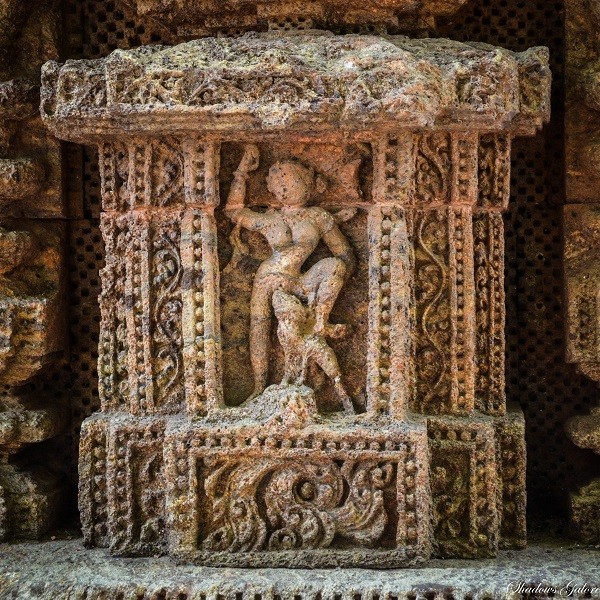
Overheard
“Why have we come here? There are only stones everywhere!”
When we visit a place of historical interest, the presence of a knowledgeable source makes us appreciate a work of art much better; otherwise, it is just a pile of stones as the lady quoted above was complaining to her husband. Hence, we always recommend hiring a guide while visiting such places, even an audio guide works very well. At Konark, we hired an elderly guide, a frail-looking but very knowledgeable person who was also a deft photographer. It would have been difficult to understand the importance of the various facets of this place without him.

The Wheels of Konark
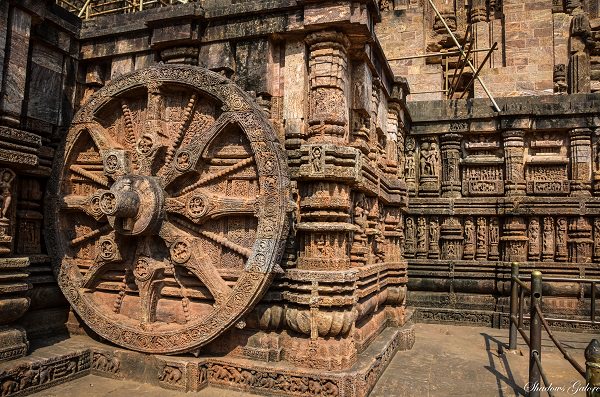
The wheels of Konark are so special that they deserve a special mention. There are 24 wheels in total, in pairs of two, on both sides and back of the chariot. All wheels are about 3 m in diameter, each having 8 main spokes and 8 secondary spokes, the former representing the eight praharas (3-hour period) of a 24 hour day. Each wheel, though identical when seen from a distance, is unique once you come closer. While some represent the cycle of life, some others indicate a reference to zodiac signs and dharma-chakra. Significantly, these wheels also act as sundials, the actual time difference between two main spokes being 3 hours, and are said to be accurate to the degree of 3 minutes! Even with all the modern technology of today, it is highly unlikely that we will be able to achieve this level of craftsmanship.
There are flights of stairs on the eastern and northern sides of the temple from which one can go up to what would once have been the base of the mandapa and sanctum. From whatever remains of the main structure, we could still see beautiful figurines of celestial some very good carvings. However, the base remains the primary area of interest.
There are some other structures and artefacts scattered in the Konark complex that can be of interest to visitors. There is a temple dedicated to Maya Devi, the favourite consort of Sun, to the southwest, which was excavated much later. The ravages of nature for centuries have destroyed much of it though and there is not much to see. Of the statues placed in the compound, the most remarkable ones are – a statue of an elephant crushing the enemy, and a horse charging the enemy, which also happens to be the state symbol of the Government of Odisha. On the eastern side of the temple lie huge iron beams which once held the roof of the temple.
In all, we spent close to 2-3 hours at the temple, going in circles trying not to miss anything. Looking at marvels such as this monument fills one with a lot of pride for what we achieved in our glorious past and great sadness at the current state of this glory. In spite of being just a faded image of its former glory, the Konark Sun Temple is still a marvel of human engineering, a heritage for generations to cherish. It is a relief knowing that it is in safe hands for now…

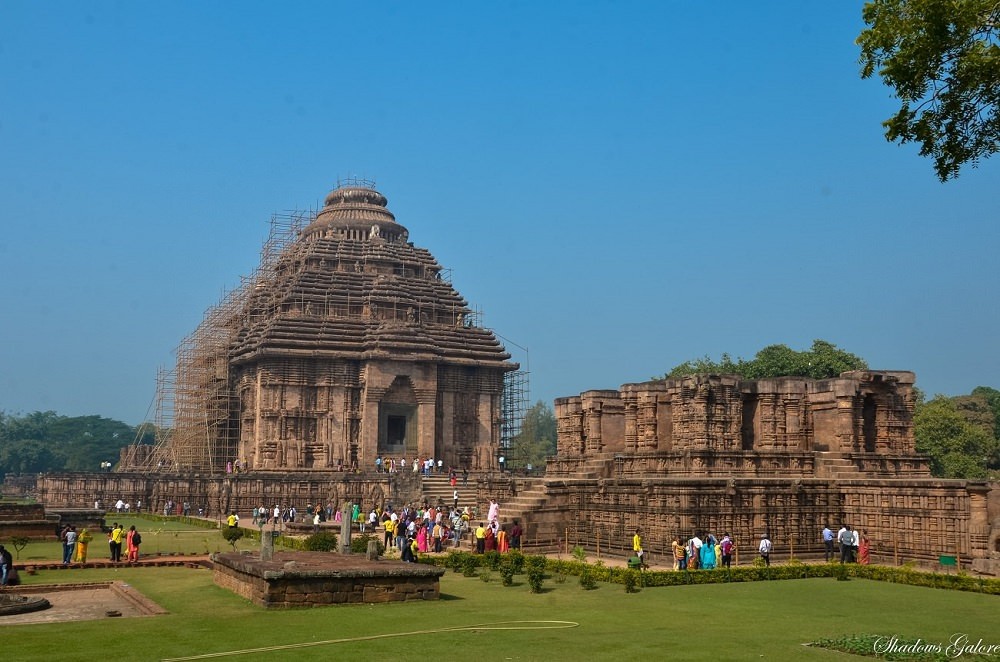
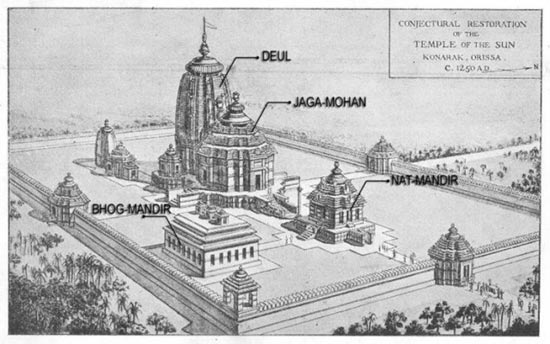
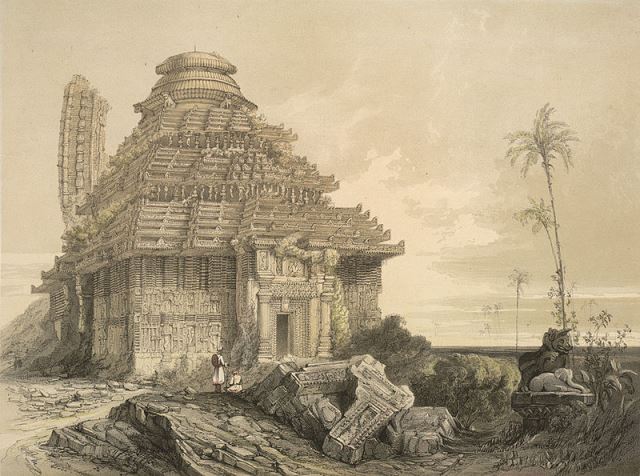
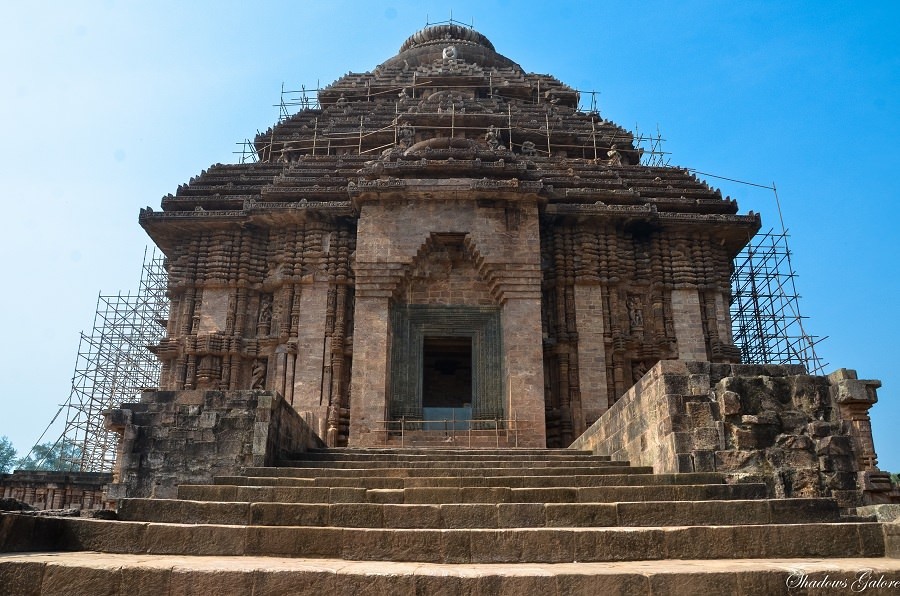
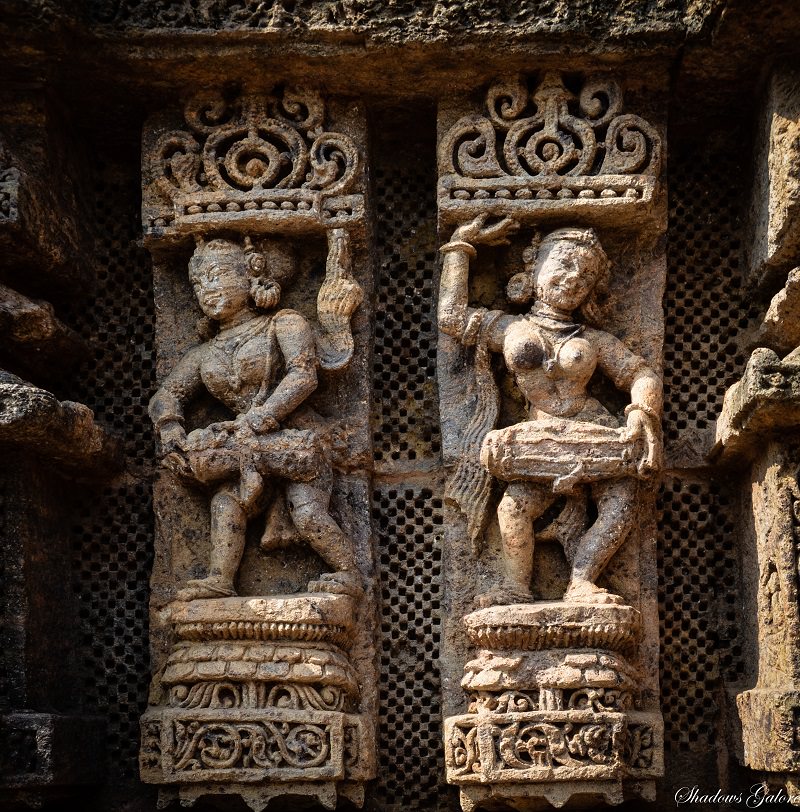
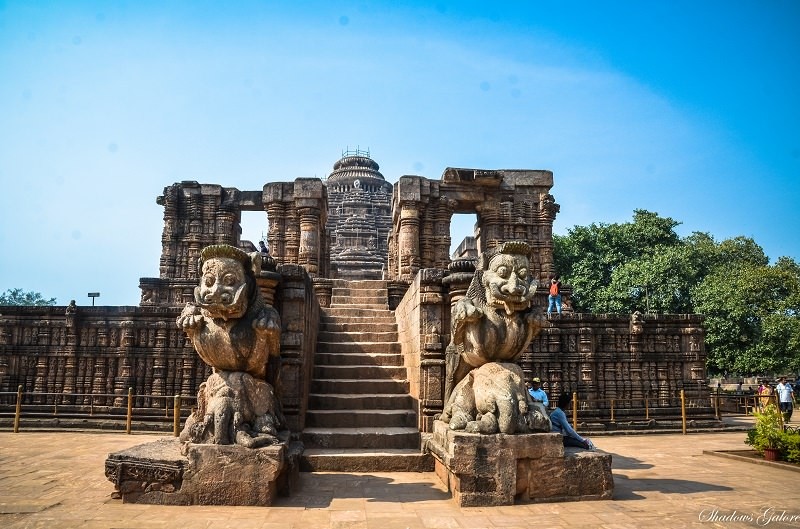
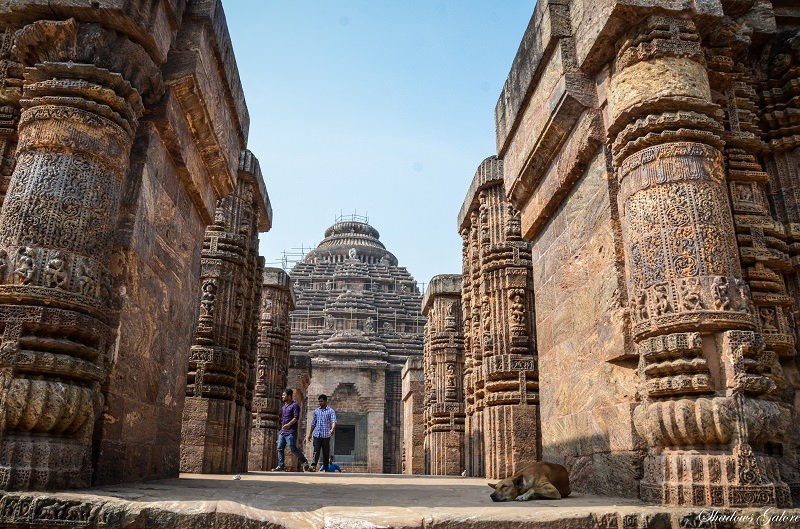
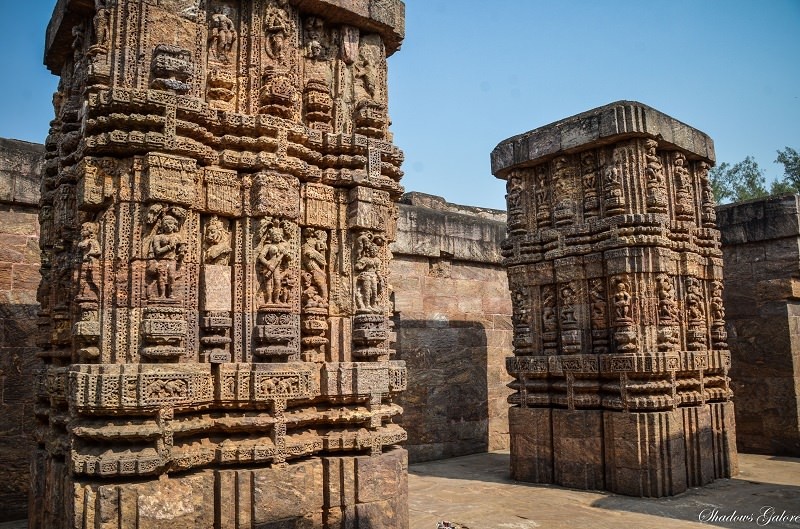
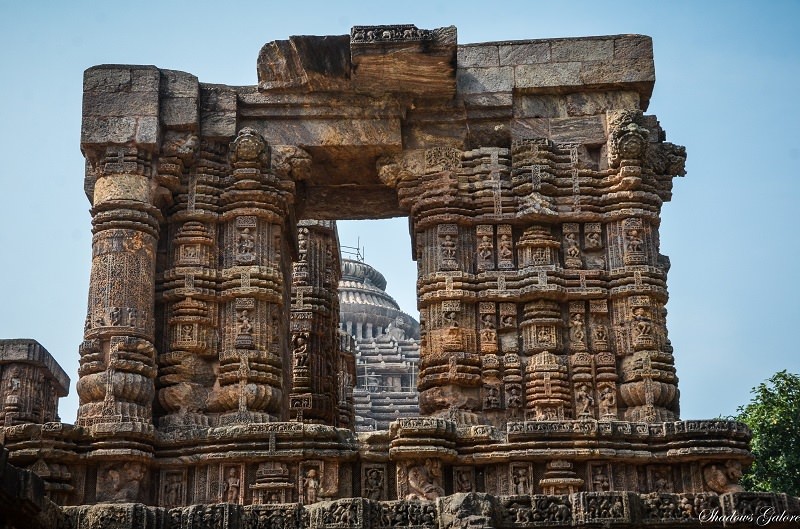
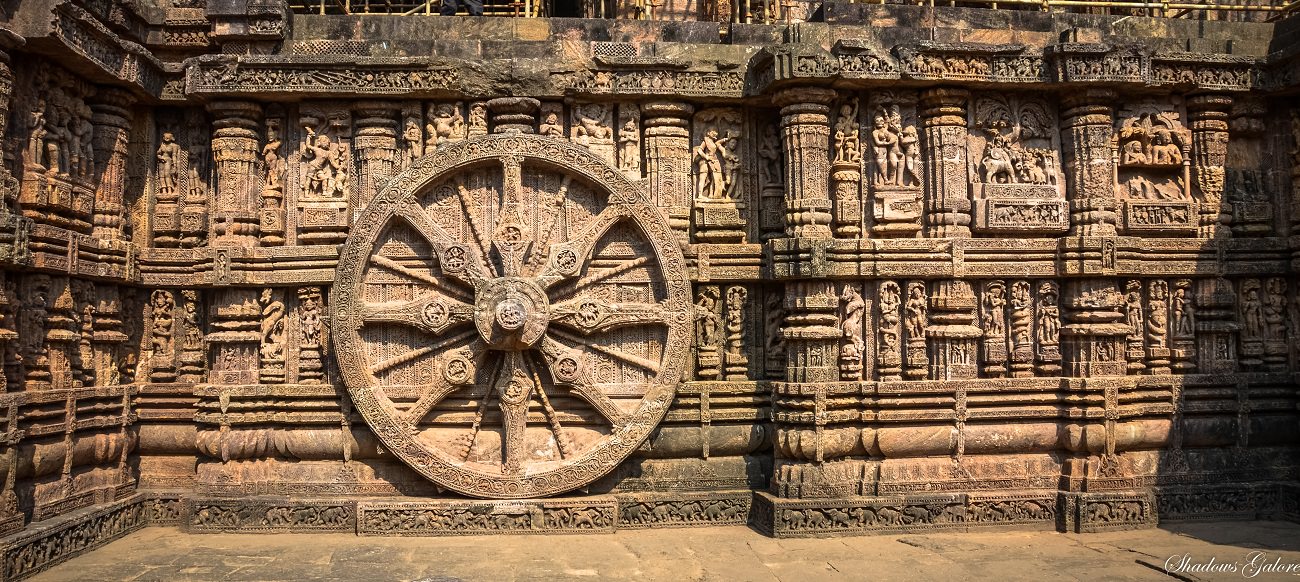
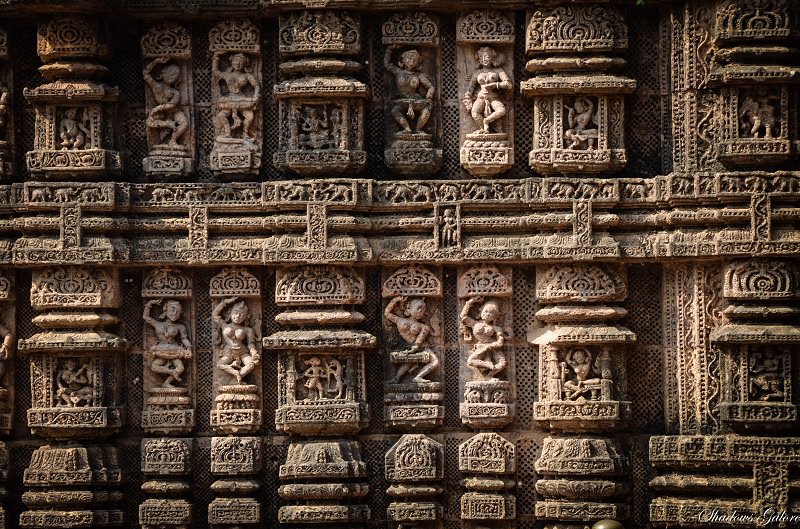
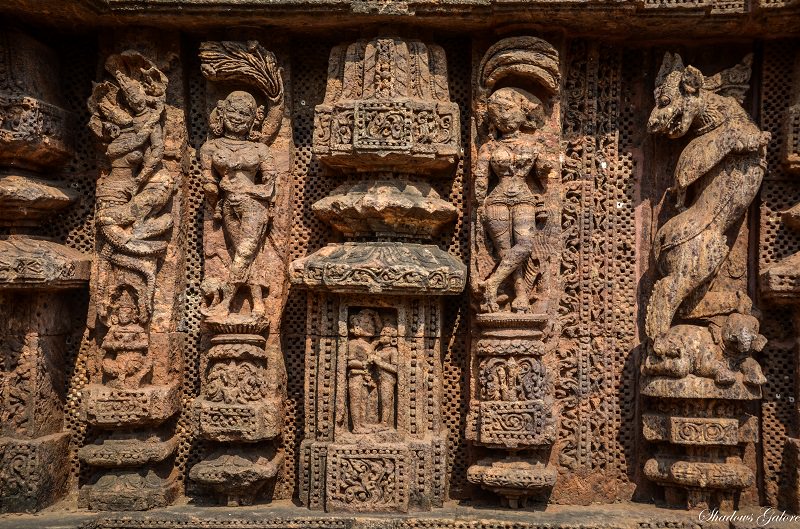
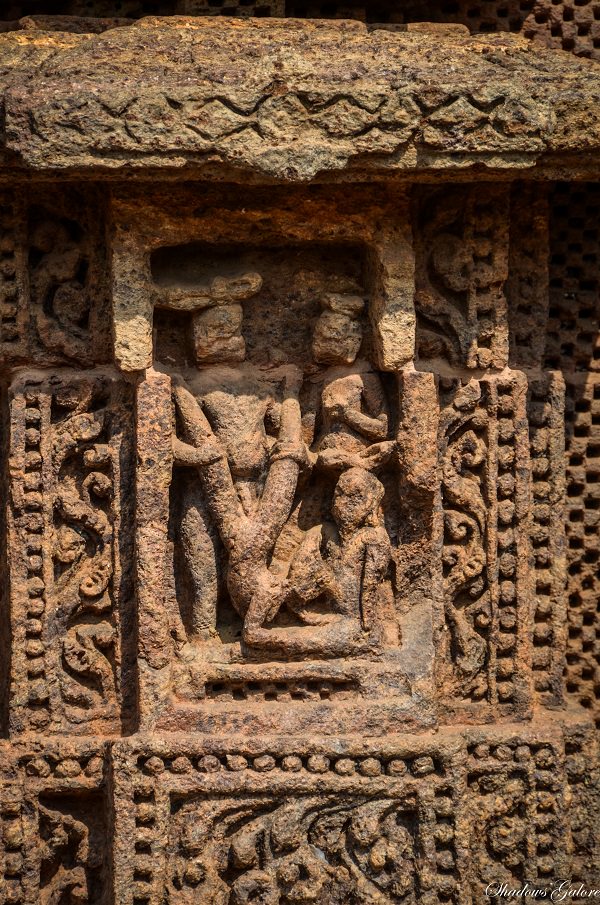
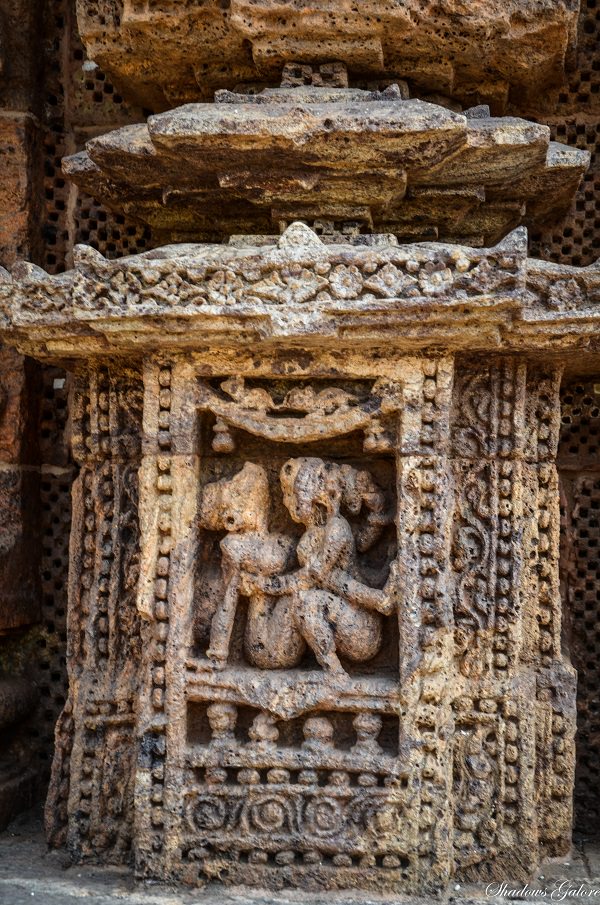
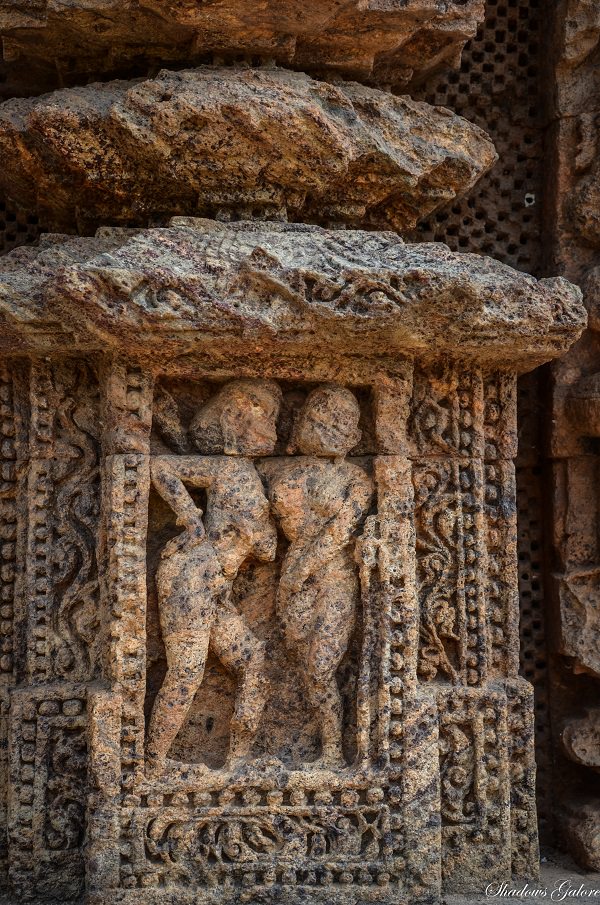
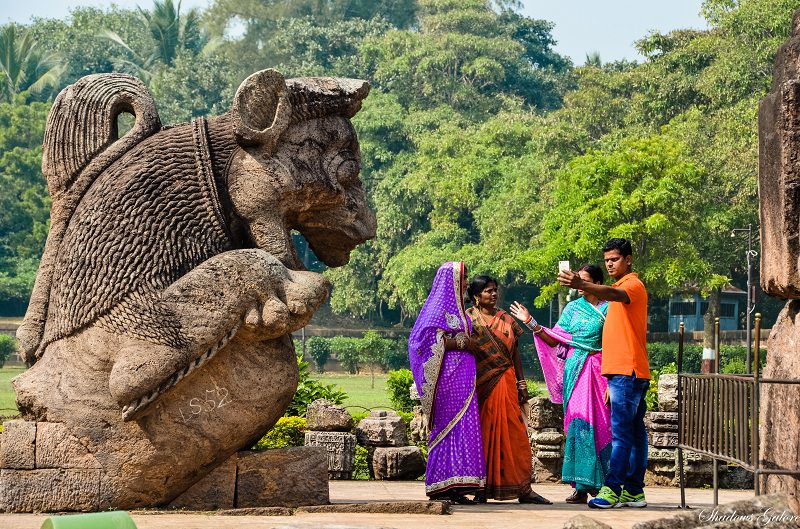
Magnificent architecture. Lovely captures and details. Our visit recently here http://xplorewithus.blogspot.com/2017/10/sun-temple-konark.html